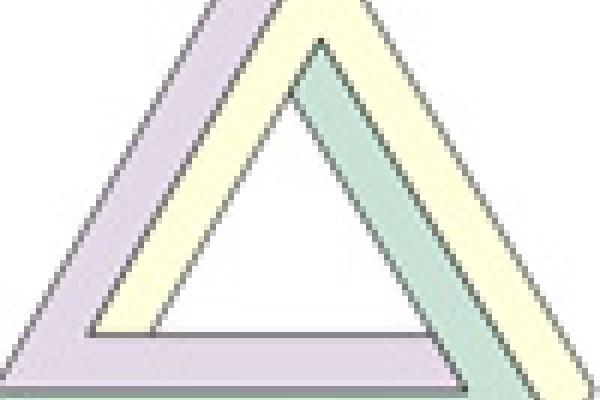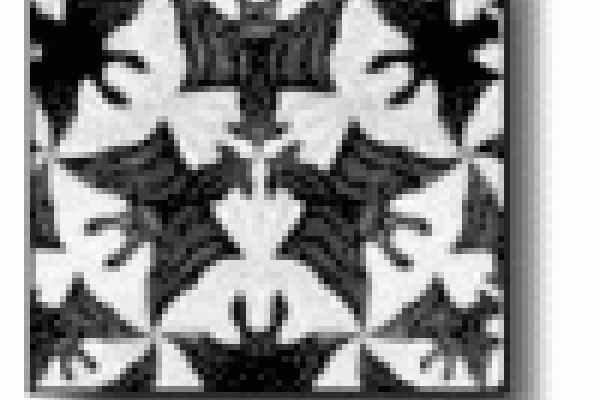Article

Visual curiosities and mathematical paradoxes
When your eyes see a picture they send an image to your brain, which your brain then has to make sense of. But sometimes your brain gets it wrong. The result is an optical illusion. Similarly in logic, statements or figures can lead to contradictory conclusions, which we call paradoxes. This article looks at examples of geometric optical illusions and paradoxes and gives explanations of what's really going on.
